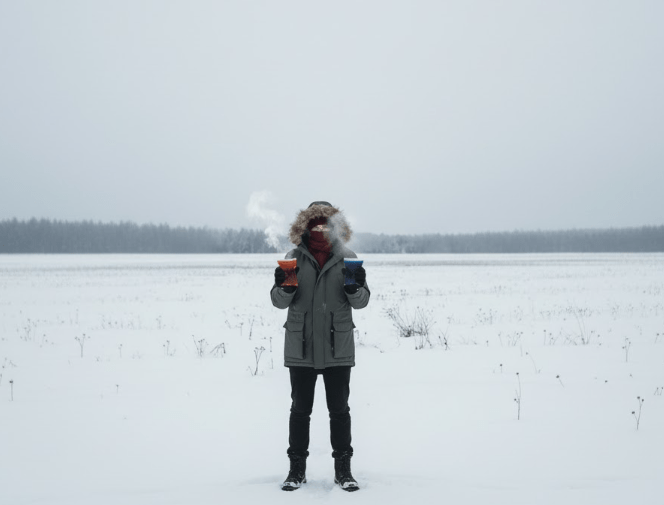Until about a hundred years ago, the idea of carrying a small portable system that could produce heat or cold almost instantly would have sounded like science fiction.
Today, with a bit of innovation and a lot of chemistry, heating packs allow us to carry “warmth in a bag” almost without limits.
These packs can warm a meal outdoors without fire, or even save the life of someone suffering from extreme cold. In the same way, cooling packs can help preserve food without electricity or lower body temperature when needed.
The main challenge in developing heating or cooling packs was to create a system that remains inactive until required, but can quickly produce a noticeable amount of heat or cold when needed. The system also has to be light, portable, durable, and reliable.
These are not simple challenges, especially when you realize how difficult it is to create and control temperature.
Because refrigerators, ovens, and air conditioners have become part of our daily lives, we tend to forget how new this reality actually is.
Until the end of the nineteenth century, the only way to cool something was by using natural ice. Later, artificial ice was developed, and only about seventy years ago, after long years of research and experimentation, scientists learned how to produce cold using chemical and physical methods.
The ability to control heat and cold has always been critical for human life and development. Looking back, the control of fire and the use of its heat for cooking were among the most important moments that shaped modern civilization.
Today, temperature control is essential in countless technologies and processes.
But you do not have to think so far ahead.
It is enough to imagine summer in a hot country without refrigerators or air conditioners to understand how much we depend on our ability to control temperature.
So how can heat or cold be packed into a bag? The answer begins with chemistry.
To solve this challenge, you must first understand some basic principles of thermodynamics, the study of energy.
Once you know the theory, chemistry helps find the right materials and the right reactions to make it real.
For heating packs, we need a reaction that releases energy in the form of heat. These are called exothermic reactions. The materials in these reactions start at a higher energy level and end at a lower one, releasing the difference as warmth.
Many heating packs work by dissolving a solid material such as calcium chloride or magnesium sulfate in water. Inside the pack, there is a small capsule.
When it is broken, the liquid inside mixes with the solid, and during the process, new bonds are formed.
The formation of these bonds releases energy, and we feel it as heat.
In cooling packs, the process is reversed. The reaction needs energy from its surroundings to occur, so it absorbs heat from the environment and becomes cold. These reactions are called endothermic reactions.
Here, the materials start at a lower energy level and end at a higher one, and the energy difference is taken from the surroundings, cooling everything nearby.
We are used to putting things into bags every day so we can take them with us.
Chemistry allows us to put something less tangible inside as well like heat, cold, or even light, as in glow sticks.
All it takes is knowing which materials to mix and how to make them react at the right time.
The Secret Behind Instant Hot and Cold Packs
Advertisement
Advertisement

